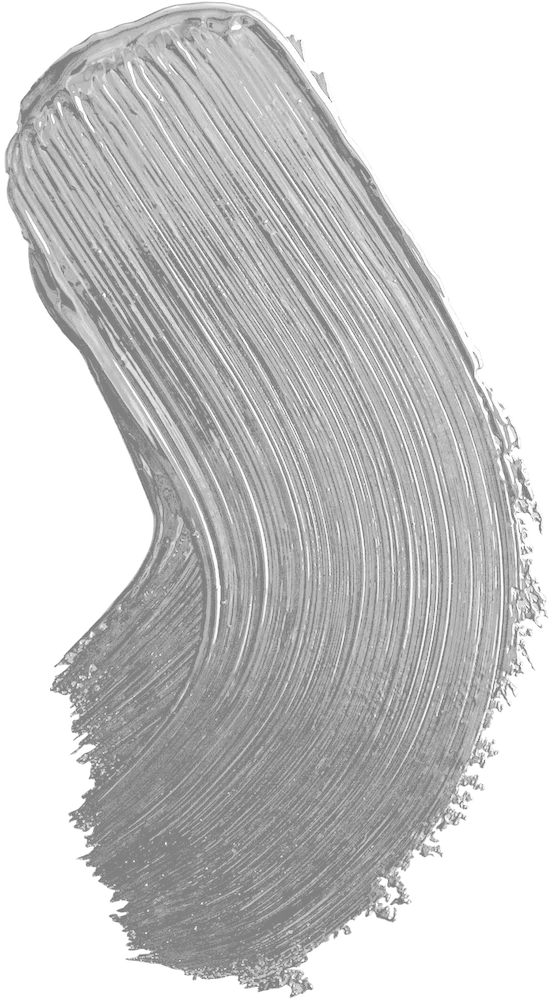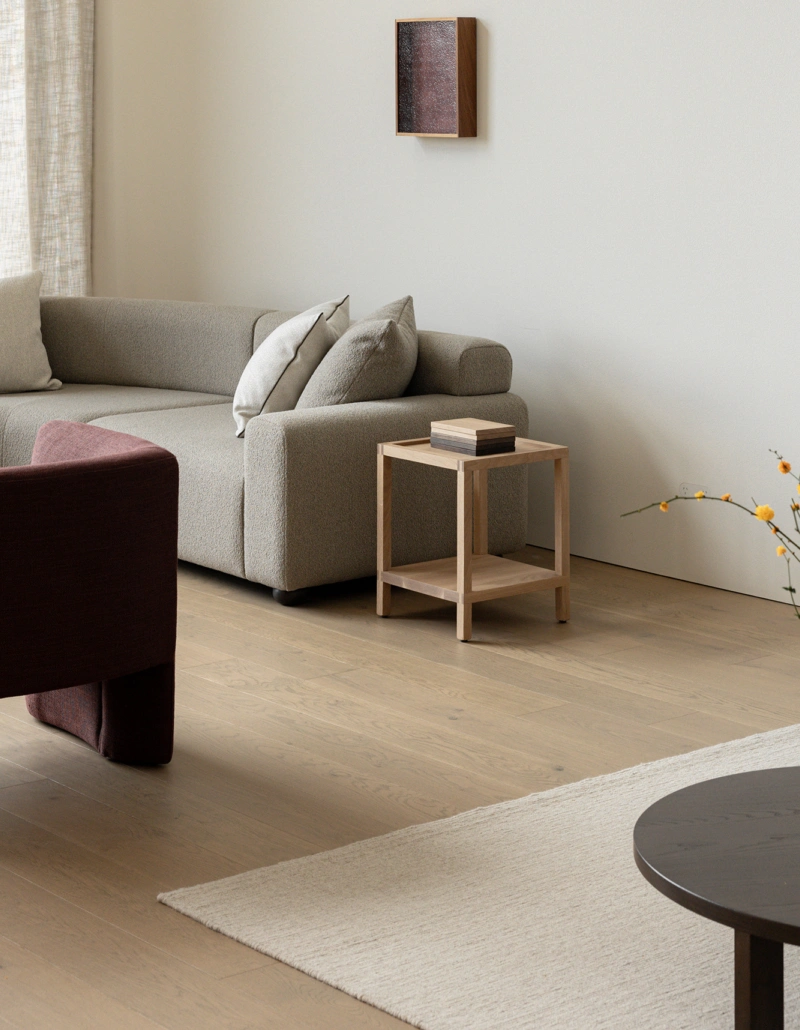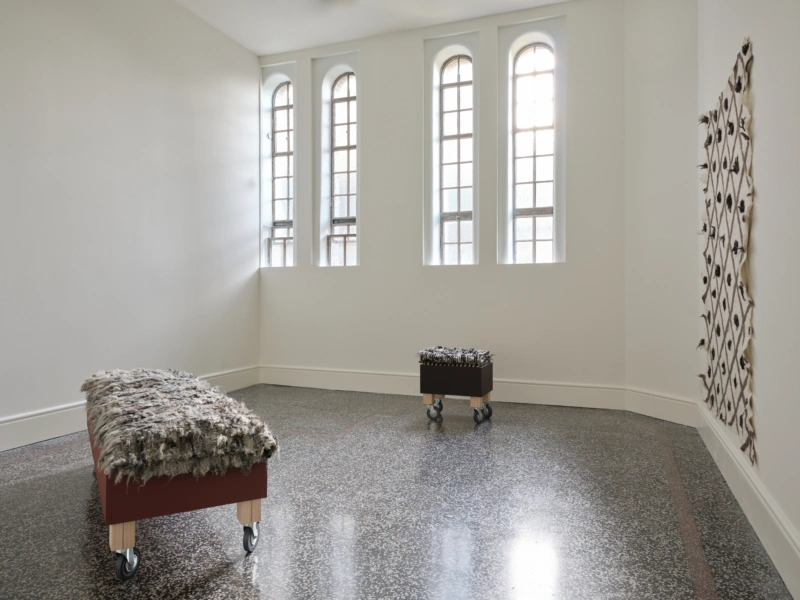
Aalto x Gus Fisher Gallery
Where Colour and Contemporary Art Converge
Nestled within Auckland’s historic 1YA Broadcasting Studios, Gus Fisher Gallery is a space where past and present meet—and where the language of colour transforms the experience of art.
Built in 1935 as the Southern Hemisphere’s largest purpose-built broadcasting studio, the site now hums with a new kind of creativity: contemporary art that questions, reflects, and inspires.
Since 2024, Aalto has partnered with Gus Fisher Gallery, supplying paint for each exhibition and collaborating closely with Gallery Curator, Lisa Beauchamp, to select colours that enrich and respond to the works on display. Occasionally, the process becomes even more personal, with artists themselves joining the conversation to explore how colour can frame, deepen, or alter the viewer’s perception.


The Art of Atmosphere
Colour is more than backdrop—it is atmosphere, emotion, and narrative. In the hands of the Gus Fisher team, and supported by Aalto’s colour specialists, paint becomes a subtle yet powerful part of the exhibition design.
Whether applied in sweeping planes or quiet accents, the chosen hues are crafted to complement the tone of each artist’s work, creating a dialogue between pigment and practice. A warm neutral might draw attention to the intimacy of a portrait; a deep ultramarine might amplify the quiet gravity of a moving image piece.
As with every Aalto colour, the depth and complexity come from the multi-pigmented approach, allowing light to interact and with each hue throughout the day, mirroring the fluid, ever-evolving nature of contemporary art itself.
Each exhibition brings a new palette, designed in collaboration to complement the curatorial vision.
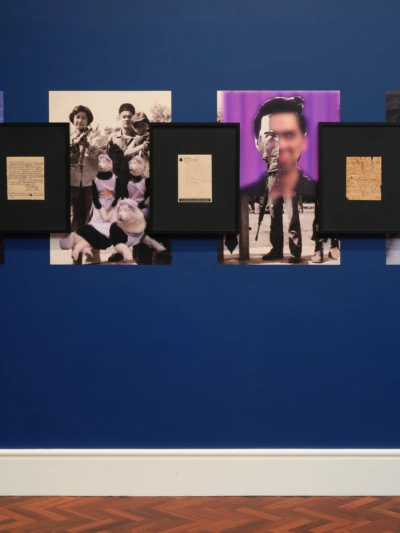
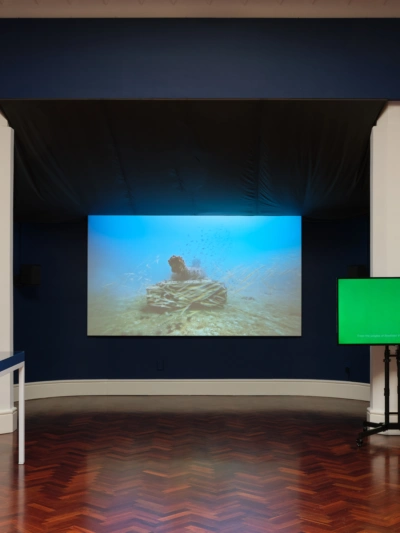

What We Choose to Remember
Hiria Anderson-Mita (Rereahu, Ngāti Maniapoto, Ngāti Apakura), Köken Ergun (Türkiye), Tada Hengsapkul (Thailand), Kulimoe’anga Stone Maka (Tonga, Aotearoa New Zealand)
20 September – 13 December 2025
The current exhibition brings together artists from Aotearoa New Zealand, Tonga, Thailand, and Türkiye to explore how we recall and commemorate the past. Through painting, film, and installation, it reflects on how memories — personal and collective — are shaped and shared over time.
A palette of quiet blues and soft neutrals was chosen to evoke reflection and calm, allowing the works to speak of remembrance and continuity without distraction.
Colours used: Fisher Blue (bespoke), New Ulster
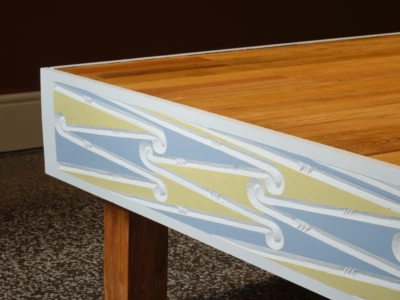
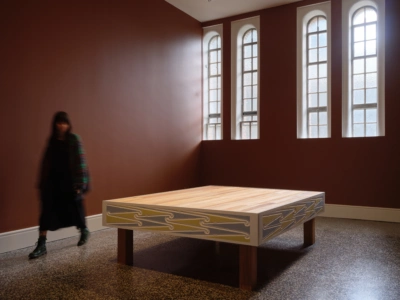
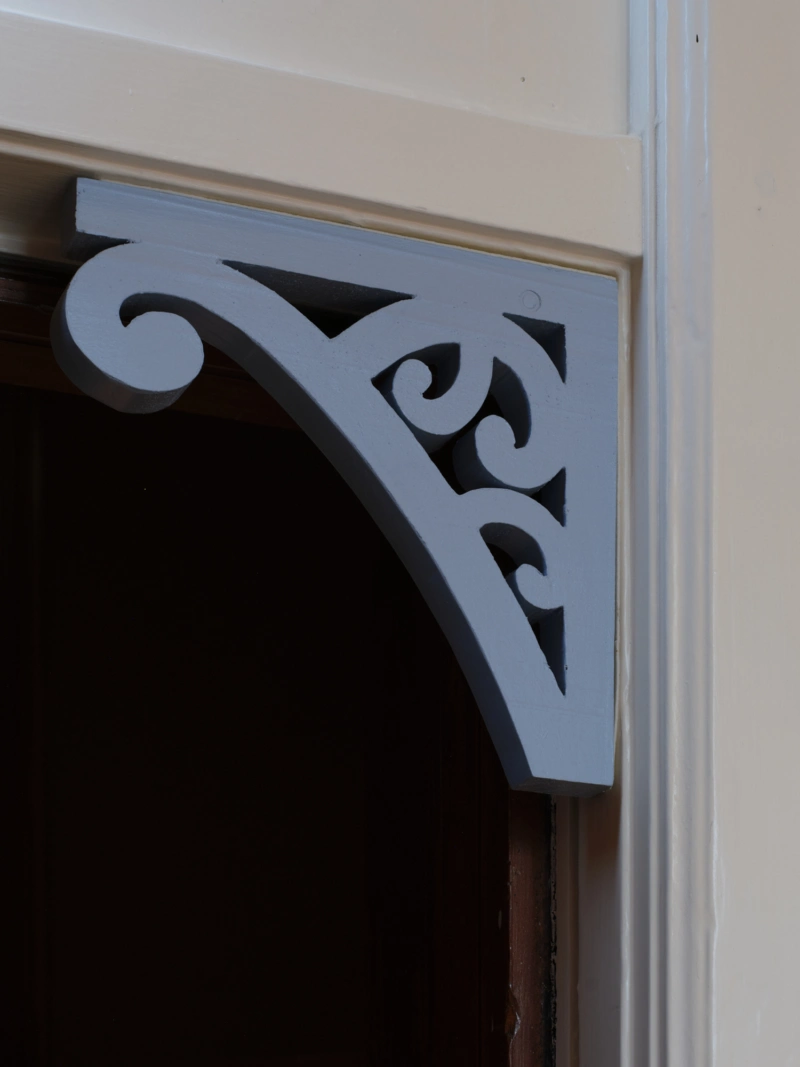
Aroha Ki Te Tangata
Chevron Hassett (Ngāti Porou, Ngāti Rongomaiwāhine, Ngāti Kahungunu, Pākehā)
20 September–13 December 2025
For The Changing Room, Tāmaki Makaurau based artist Chevron Hassett has created a sculptural installation consisting of a carved atamira (Māori platform) and a lace fretwork sited at the gallery’s doorways. Inspired by the traditional function of the atamira as a platform for sharing ideas and histories, Hassett interprets its forms to reference the rapid postwar migration of Māori communities to urban centres. The artworks merge traditional whakairo and colonial architecture, extending the artist’s ongoing exploration of urban indigeneity.
Colours used: Pension, Musical, Dorset


Because of Where I Live
Daegan Wells (Aotearoa)
6 June–30 August 2025
Daegan Wells’ presentation in The Changing Room explores aspects of domestic rural life from his Southland home. For this new body of work, his partner’s family farm at Colac Bay near Riverton becomes a case study for gaining insight into the people, industry and processes of the area. Since the 1800s, the farm and surrounding whenua have undergone many stages of evolution, including being the site of one of Aotearoa’s earliest gold excavations, home to a large Chinese settlement in the 1870s, and supporting various sawmilling operations. In conducting research for this project, Wells has connected with his partner’s extended family, interviewing and gathering archives from whānau who grew up on the farm, including residents of the farmhouse from the 1930s and his partner’s great-aunt.



Tala o le tau
Angela Tiatia (Aotearoa/Australia/Sāmoa), Yuki Kihara & Moata’a Aualuma Community (Sāmoa)
6 June–30 August 2025
Tala o le tau brings together new and significant bodies of work by Angela Tiatia, Yuki Kihara and women from the Moata’a Aualuma Community that collectively explore themes of climate crisis, matrilineal histories and indigenous knowledge systems.
The exhibition’s title Tala o le tau, meaning ‘stories from the weather’ in Sāmoan, is borrowed from the poetic translation of ‘weather forecast’ commonly used by Sāmoan weather services. It is also the title of Kihara’s new series of embroidered pandanus mats, displayed here for the first time, which render infrared satellite imagery of tropical cyclones occurring in and around Sāmoa, over the last decade. Kihara has worked collaboratively with women from Moata’a Aualuma Community, a group of skilled weavers and embroiderers based in the central north coast of Upolu Island, Sāmoa, in the creation of these five vibrantly coloured mats. Also called fala su’i, (embroidered mats) these reflect a collective and community approach towards issues of climate change on the islands and the importance of Pacific indigenous perspectives in global dialogues.
Colours used: Weta
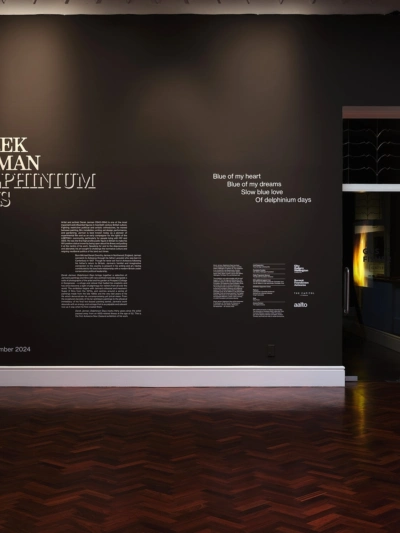
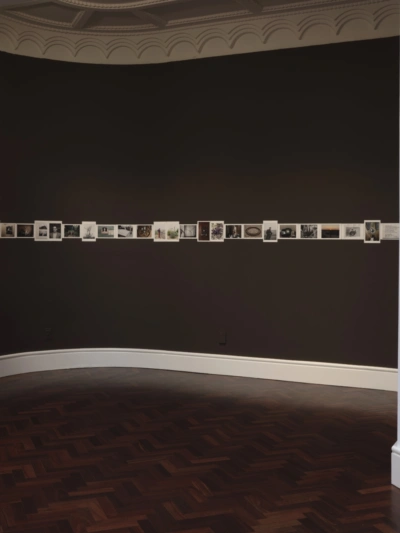

Derek Jarman: Delphinium Days
Derek Jarman (UK), Howard Sooley (UK), Gordon Rainsford (Kenya/UK), Denis Doran (UK), Derek Brown (UK)
15 June–14 September 2024
‘Blue of my heart
Blue of my dreams
Slow blue love
Of delphinium days’
Artist and activist Derek Jarman (1942-1994) is one of the most important and influential figures in twentieth century British culture. As an early campaigner for the rights of the LGBTQIA+ community and people living with HIV and AIDs, he created art that sought to challenge the normative culture and reigning neoliberal politics of his (and our) times.
Jarman’s prolific artistic practice spanned painting, film, installation, writing, set design and performance. Possibly his most enduring legacy is his garden and former home of Prospect Cottage in Dungeness—a refuge and retreat that fuelled his creativity and has become a site of pilgrimage for visitors worldwide. Jarman is perhaps best known today as a pioneer of experimental film while his fusing of art and activism is especially important in the development of many queer artistic practices.
Colours used: Chalis
Photography
Sam Hartnett
